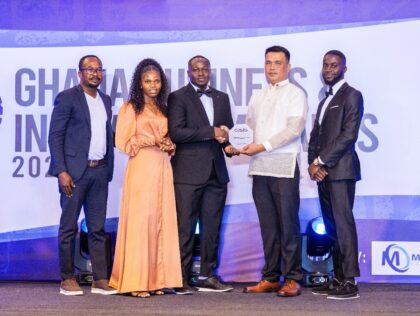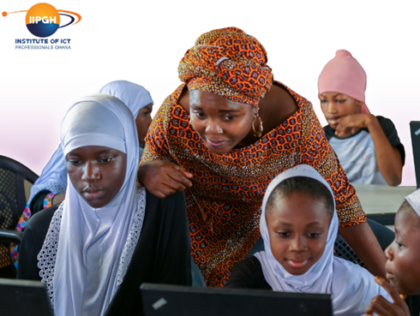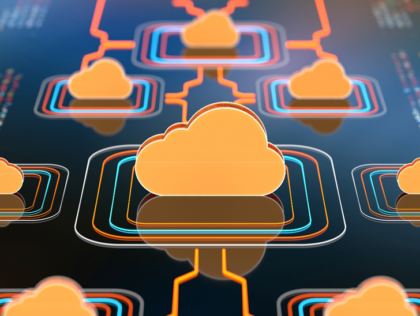In my first part of this article, I gave a brief description of the power situation in Ghana and suggested ways by which ICT tools can be deployed by consumers of energy to monitor their consumption. This involves the deployment of IoT devices called smart meters in facilities so that data on the utilization of energy can be monitored to inform decision-making processes; and to actively measure production against consumption of energy (Energy Use Index).
It is becoming increasingly important for consumers of energy to become sophisticated in their energy use to develop strategies to reduce wastage and indebtedness. In recent times, the utility service providers have complained of high indebtedness from their consumers resulting in piling debt in the energy sector. This requires an agile approach to solve.
In my opinion, consumers sometimes are unable to pay their bills promptly because a lot of the power they use goes waste and this wastage is the reason they are unable to pay their bills.
To tackle this problem, there are two things that can be done;
- The consumers must take up personal responsibility to reduce wastes in their daily energy use by deploying IoT devices (submetering) in their facilities to track trend of use. Afterwards the services of energy professionals can be engaged to analyse the results so that more efficient steps can be advised to reduce the waste without necessarily reducing productivity and revenue. This will eliminate the waste and reduce the bills so that indebtedness can be minimised to increase productivity.
- The utility service providers also have key role to play to help consumers use energy efficiently. In the advanced countries, the utility service meters deployed, are sophisticated such that each is connected to the internet via cloud-based connection and consumers have access to their account to monitor their trend of consumption. For instance if a consumer left his electric iron powered on, he can easily realise by checking his account on his smart phone or computer. Since this service is not yet available in Ghana, the responsibility lies with the utility service providers to educate their customers and to encourage them to deploy IoT meters so that they can monitor their respective utilisation.
With the use of ICT, utility service providers can introduce new advanced technology tool for business customers that delivers real-time control, equipment-level submetering and advanced devices that enable monitoring and management of their energy usage. The data-driven insight from this cloud-based tool allows for greater understanding of energy costs, the ability to quickly respond to issues and can provide cost savings through reduced energy consumption. Customers will be able to monitor and minimise waste in their consumption so that indebtedness can be minimised
Cloud-based automatic pricing regime
In this era of frequent load shedding, it is important for our policy makers to consider introducing dynamic electricity pricing in place of the existing rigid pricing module. It is possible for tariff to be programmed with special algorithm so that it can be automatically varied regularly to control peak demand. In the state of California for instance, electricity prices are not fixed, specialised cloud-based ICT tools with complex algorithm were deployed to vary prices per kWh; and prices increase as demand approaches system peak. This is deployed to control peak demand and to discourage consumers from using gadgets that may contribute to system peak. The utility retailers also implement special schemes to encourage their consumers to use energy efficiently; so load shedding is avoided as much as possible.
Under this regime, the consumer has the flexibility to choose how his facility will respond to electricity pricing from the retailer i.e. it is user configurable, seamless integration of automated response capabilities into energy management involving key loads such as lighting and HVAC systems. Fig 1, depicts a fully automated consumer facility with cloud-based remote monitoring unit where the consumer is able to monitor electricity prices and decides which devises to shut down remotely to save cost. Manufacturers of modern gadgets are aware of this and are making provision for remote management with embedded systems for connectivity to cloud-based platforms for easy monitoring.

Fig 1. Fully automated consumer facility with remote control unit (Source: alseel)
The Institute of ICT Professionals Ghana (IIPGh) is urging the government, the PURC, the Energy Commission and other players in the energy sector to take advantage of the ubiquity of ICT tools and telecommunication services to help solve Ghana’s energy problems. Many countries in the advanced world are taking the giant leap to use ICT to solve many of their problems and we in Sub-Saharan Africa must learn from these pacesetters. We believe that with ICT, every challenge has a solution.
Author: Ing. Elolo Alfred Konglo (Member, Institute of ICT Professionals Ghana, PE-GhIE, Association of Energy Engineers)
For comments, contact donwiston@gmail.com
Mobile: +233244304540





